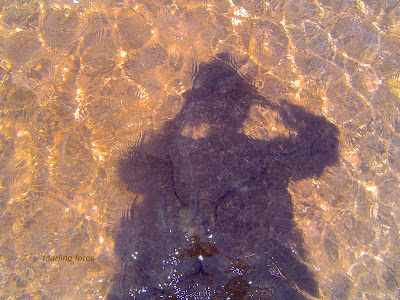 |
| Preschool Games Teach Children About Themselves |
Preschool games teach children important ideas about themselves and how to get on in the world. Remember “Head, Shoulders, Knees and Toes”? How about “Simon Says”? These activities help children identify body parts. Children are very interested in their bodies, but body parts can be puzzling to them. This science activity helps young children learn about their body parts and functions with this fun science activity.
Body Game
Children learn best when the activity is a game.You will need several dry sponges or baseball hats, a mirror, and some fun music with a good beat.Explain that the dry sponge or hat you have needs to be placed on the body part you name. Start with familiar parts such as the head, nose, leg, arm, and foot. Then try some less familiar ones, such as, wrist, ankle, knuckle, thumb, knee, chin, and elbow. You may wish to play in front of a mirror. Talk with your children about something that body part can do. For example, heads wear hats.
 |
| Play Music and Pass the Sponge, Please! |
Change the pace at which you call out a part of the body. Start out slow then increase your speed. Give your children a second sponge to add to the challenge. Now call out two body parts and have your children place the sponges on the correct spots. Play some upbeat music and have walk while trying to balance the sponge on a specific body part, such as a head, hand, foot, or shoulder. Talk about the ease or difficulty of this game and balancing the sponge.
Reverse Roles
Children can call out a body part and you identify it using the sponge. Try to fool your children and place the sponge on the wrong body part. Talk about where that correct place would be.
Vocabulary is very important to children’s language development. In terms of science knowledge, the body part’s name is only the beginning. What parts do are important and interesting. Be sure to talk about the function of the body part. For example, an elbow is one place where the arm bends.
 |
| Make Connections: Senses to the Body |
There are many variations. Play some music and challenge children to “clap your hands,” “stomp your feet,” and “make noise with your lips” to the music’s beat. What silly sounds can they create?
Teach your children to make the connection between parts of the body and the senses. Make comments such as: “Here are my eyes, they help me see. My nose and brain help me to smell. My skin helps me to feel. My ears help me to hear. My tongue helps me to taste sweet, sour, salty and bitter food.” There are also many good picture books.
For more see grandparentsteachtoo.blogspot.com; wnmufm.org/Learning Through the Seasons; Pinterest, and Facebook.
Photos: Fran Darling, fdarling fotos